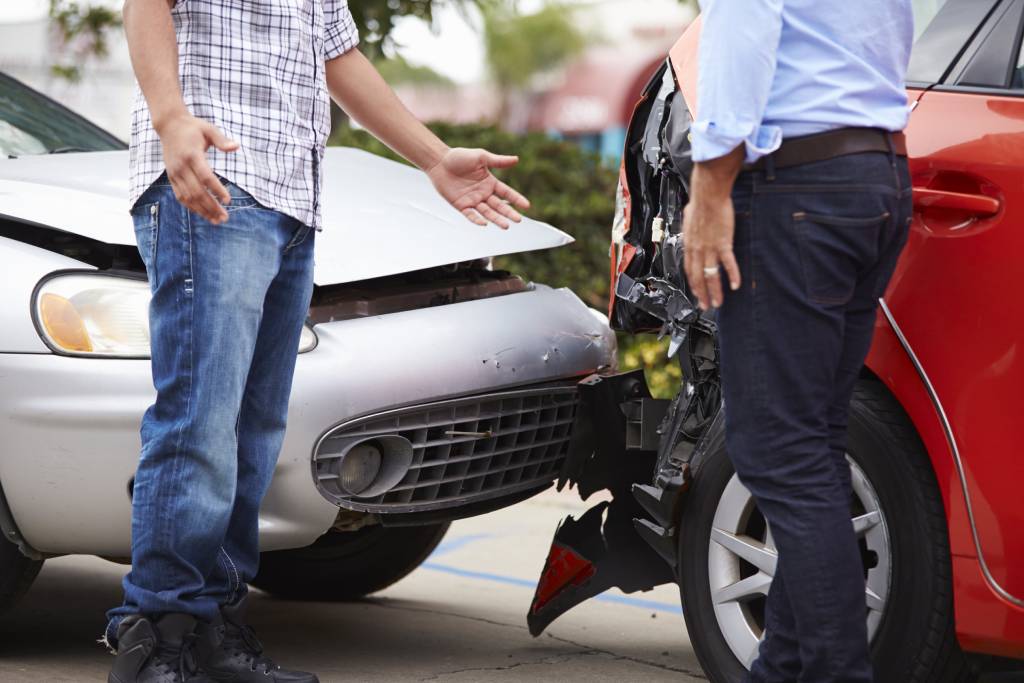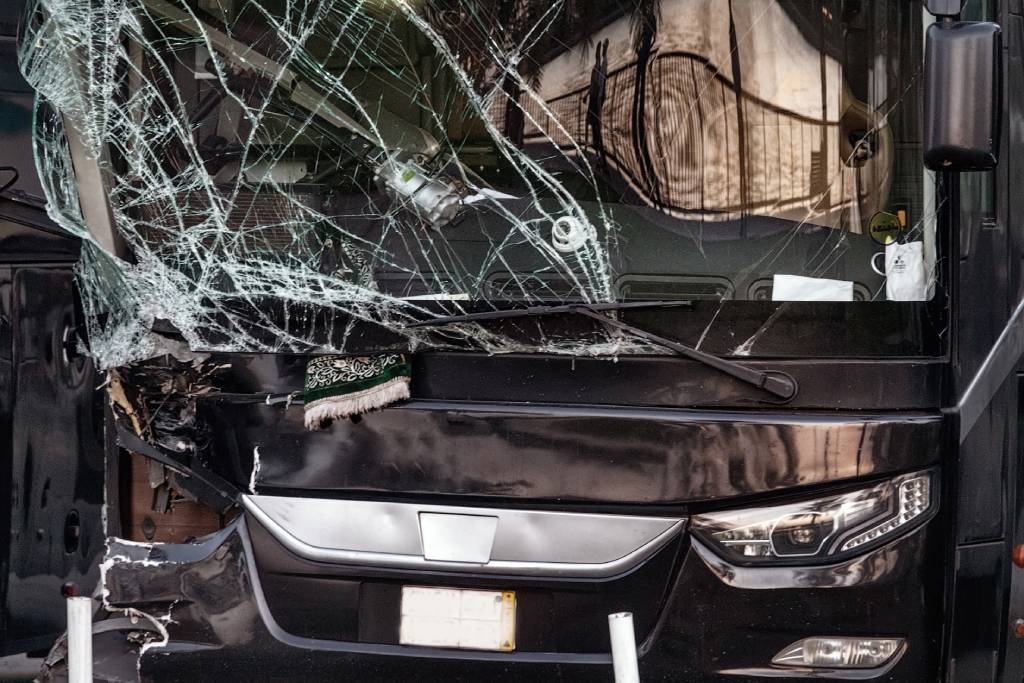As careful as you might be, accidents still happen. And if you’re involved in an accident, one of your first thoughts is probably this: who is at fault? In other words, whose negligence caused this accident?
The issue is, there’s often more than one party to blame. And determining each party’s degree of responsibility can be challenging. However, identifying who caused the accident matters. This is because it can affect how much – if any – compensation victims are entitled to.
We recommend you call us for a free consultation to get advice on your legal rights. But in the meantime, read on to learn how different negligence systems determine whether you can recover compensation.
What Is Negligence in Civil Law?
Negligence underpins all personal injury lawsuits. We must all be responsible for our actions – and any harm we cause.
Negligence occurs when one party owes another a duty of care, but they do something careless and breach this duty. A “duty of care” is simply the duty to act with others’ safety in mind. Drivers, for example, owe each other a duty of care.
- Negligence can mean doing something careless or failing to do something.
- Negligent acts are not deliberately malicious. They’re careless, or reckless.
Behaving negligently doesn’t mean anyone has committed a crime. However, in some cases, victims can have both civil and criminal claims against a wrongdoer.
Types of Negligence in California Law
There are various ways that a person might act negligently. However, in all cases, to successfully sue for damages, a victim must prove that:
- The wrongdoer owed a duty of care.
- The wrongdoer breached this duty towards the victim.
- As a result of the wrongdoer’s acts, or failure to act, the plaintiff suffered loss.
In other words, you wouldn’t be injured but for the other person’s recklessness. But in reality, fault may not be this straightforward. There’s always the chance that a victim did something that contributed to the accident.
So, how does the law address this? Well, it attempts to limit the compensation you can claim, based on your degree of responsibility for the accident.
There are two negligence systems that US states rely on to determine eligibility for compensation – contributory negligence and comparative negligence. Let’s consider now the differences between them.

Contributory Negligence
Contributory negligence means that you contributed, in some way, to your own injuries. You’re at least partially to blame for the accident and your own losses. In other words, you neglected your own safety in some way, so you’re not entirely blameless.
In contributory negligence states, you can be denied compensation if you’re slightly to blame for your own injuries. Meaning, unless you’re entirely blameless, you won’t be able to claim damages!
Contributory Negligence Examples
When might contributory negligence come into play? Here are some examples.
- A truck driver hit and injures a driver. The driver was on their cellphone at the time. The driver is refused damages due to careless driving.
- A dog bites and injures a college student. The college student was drunk and disorderly and antagonized the dog. They’re refused damages.
Wrongdoers can use contributory negligence principles to avoid taking responsibility for their actions. As a result, very few states follow contributory negligence rules. Most states use some form of comparative negligence, as we’ll see below.
Comparative Negligence
Comparative negligence means that your damages may be reduced depending on your degree of responsibility. In other words, you could still receive compensation, but how much depends on how much you contributed to the accident.
Modified vs Pure Comparative Negligence
There are two types of comparative negligence: “modified” and “pure’.
- Modified: You can claim compensation unless you were the person at least 50% responsible for the accident. Put another way, if the accident was mostly your fault, you can’t claim damages.
- Pure: You can claim damages even if you were 99% responsible for the accident. You’ll just receive a reduced amount of damages.
In California, we use pure comparative negligence rules. This means you can claim damages even if you’re mostly to blame for an accident.
Comparative Negligence Examples
Let’s revisit the examples above using comparative negligence rules.
Say the driver on their cellphone was 40% to blame for the accident. They can claim damages, but their award is reduced by 40%.
And let’s imagine the college student was found to be 60% to blame for their injuries. If they’re in a modified comparative fault state, they’re denied damages. But in California, their award is simply reduced by 60%.
Contributory versus Comparative Negligence
We’ve covered both comparative and contributory negligence systems. Let’s summarize the main differences so they’re clear.
- Contributory negligence means you won’t get compensation if you contributed to your own losses in any way. Comparative negligence means you could still get damages depending on your degree of fault.
- Contributory negligence is a defense to paying any damages. Comparative negligence is more of a system for apportioning fault fairly between parties.
- In modified contributory negligence states, you might not get damages if you’re at least 50% to blame. But in pure contributory negligence states, you can claim damages even if you’re the primary wrongdoer.
How to Maximize Your Compensation After an Accident
As explained, determining each person’s “percentage” of fault is not easy. To increase your chances of securing the most compensation possible, here’s what to do right after an accident.
- Seek medical attention. This helps to determine the extent of your injuries (if any).
- Take pictures of any property damage or personal injuries.
- Also take pictures of the accident scene. If required, expert witnesses can identify who caused a crash based on e.g. road conditions, hazards, and specific property damage.
- Never admit blame or implicate yourself! Don’t apologize at the scene. You could lose out on damages you deserve.
- Hire a personal injury attorney. At the May Firm, we can help build the strongest claim in your favor based on the evidence available.
Free Consultation with an Accident Attorney at the May Firm
To receive the compensation you’re entitled to, it’s crucial to contact an accident attorney.
At the May Firm, our experienced lawyers know how to accurately value personal injury cases. So, even if you’re partially at fault for an accident, do not despair. We will explain the legal position and discuss how to progress your claim.
All first consultations are free, and we don’t charge anything unless your case is successful. Contact us today to discuss your accident claim. Take the first step towards securing the damages award you deserve.



